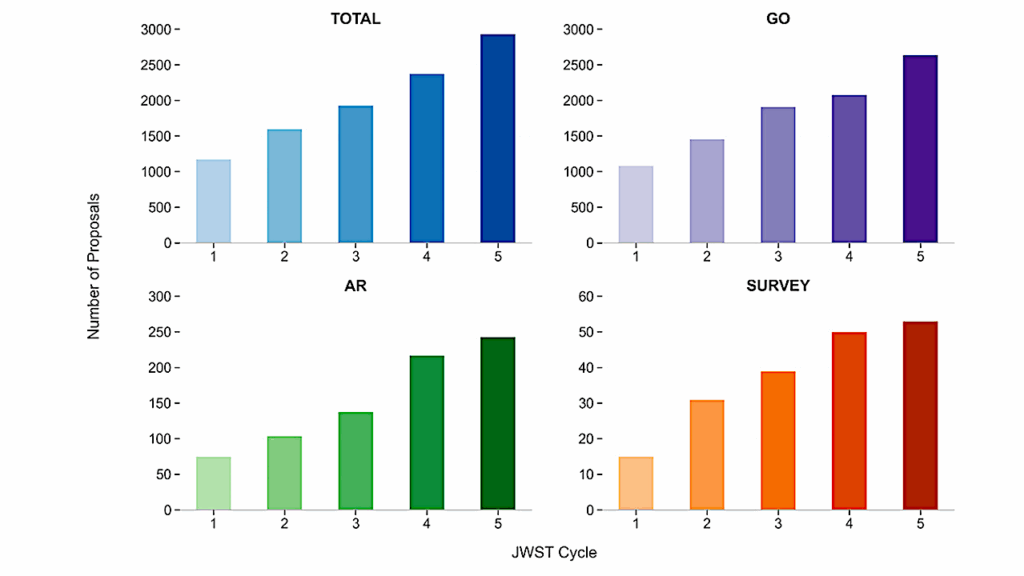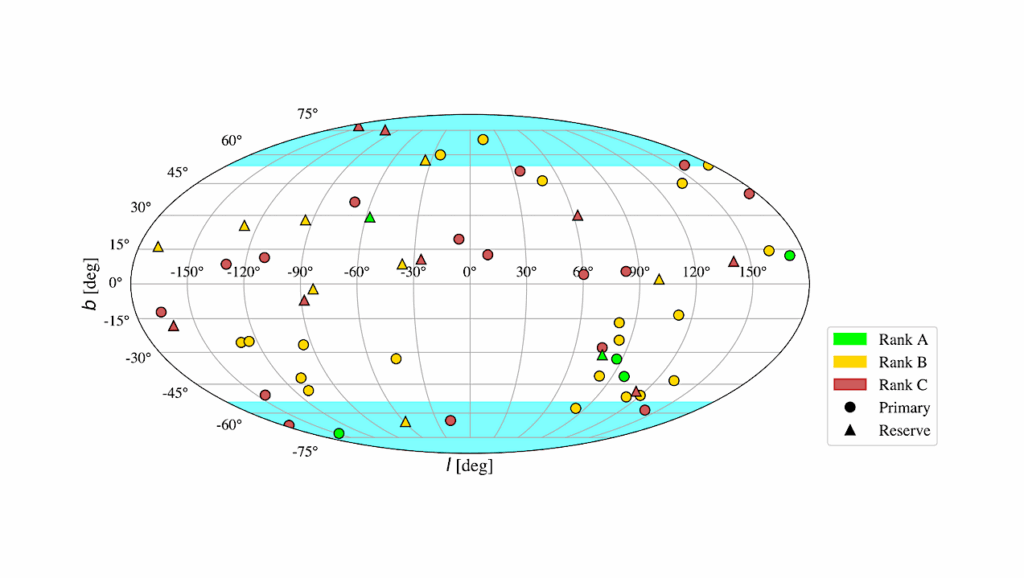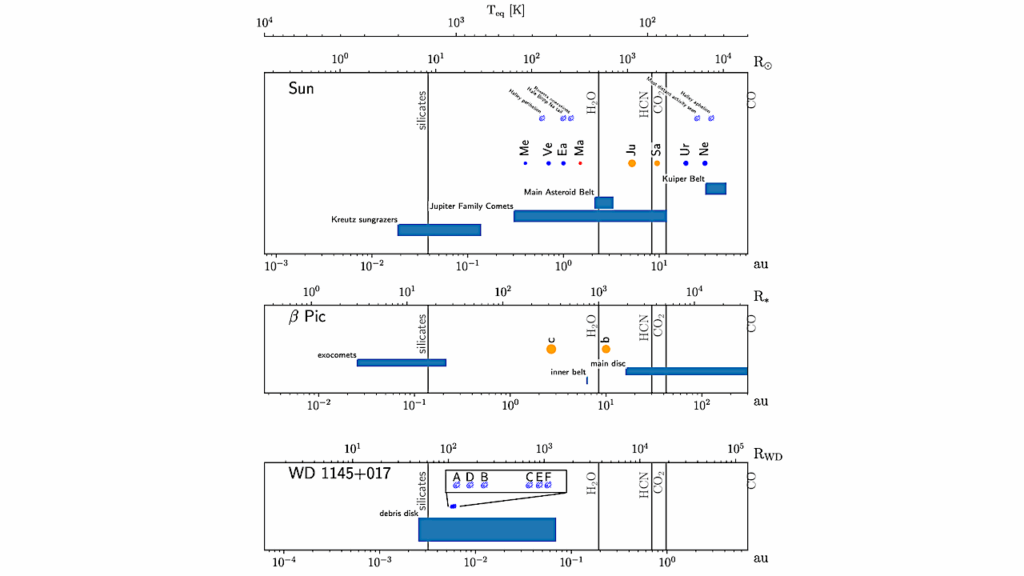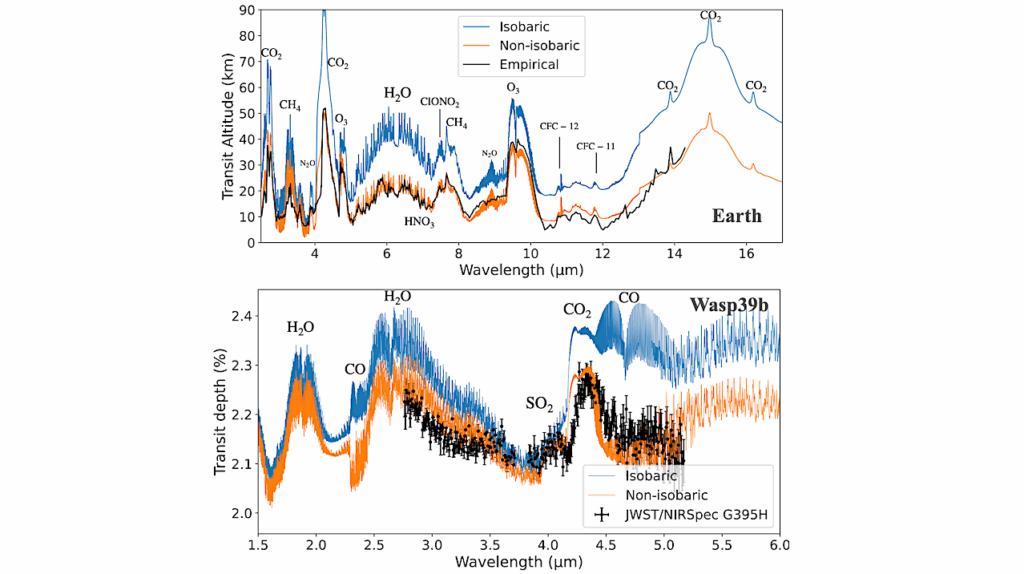Relative Occurrence Rates Of Terrestrial Planets Orbiting FGK Stars

This paper aims to derive a map of relative planet occurrence rates that can provide constraints on the overall distribution of terrestrial planets around FGK stars.
Based on the planet candidates in the Kepler DR25 data release, I first generate a continuous density map of planet distribution using a Gaussian kernel model and correct the geometric factor that the discovery space of a transit event decreases along with the increase of planetary orbital distance. Then I fit two exponential decay functions of detection efficiency along with the increase of planetary orbital distance and the decrease of planetary radius.
Finally, the density map of planet distribution is compensated for the fitted exponential decay functions of detection efficiency to obtain a relative occurrence rate distribution of terrestrial planets. The result shows two regions with planet abundance: one corresponds to planets with radii between 0.5 and 1.5 R_Earth within 0.2 AU, the other corresponds to planets with radii between 1.5 and 3 R_Earth beyond 0.5 AU. It also confirms the features that may be caused by atmospheric evaporation: there is a vacancy of planets of sizes between 2.0 and 4.0 R_Earth inside of ~ 0.5 AU, and a valley with relatively low occurrence rates between 0.2 and 0.5 AU for planets with radii between 1.5 and 3.0 R_Earth.
Sheng Jin
Comments: Accepted for publication in MNRAS
Subjects: Earth and Planetary Astrophysics (astro-ph.EP); Solar and Stellar Astrophysics (astro-ph.SR)
Cite as: arXiv:2102.05808 [astro-ph.EP] (or arXiv:2102.05808v1 [astro-ph.EP] for this version)
Submission history
From: Sheng Jin
[v1] Thu, 11 Feb 2021 02:12:36 UTC (1,038 KB)
https://arxiv.org/abs/2102.05808
Astrobiology








